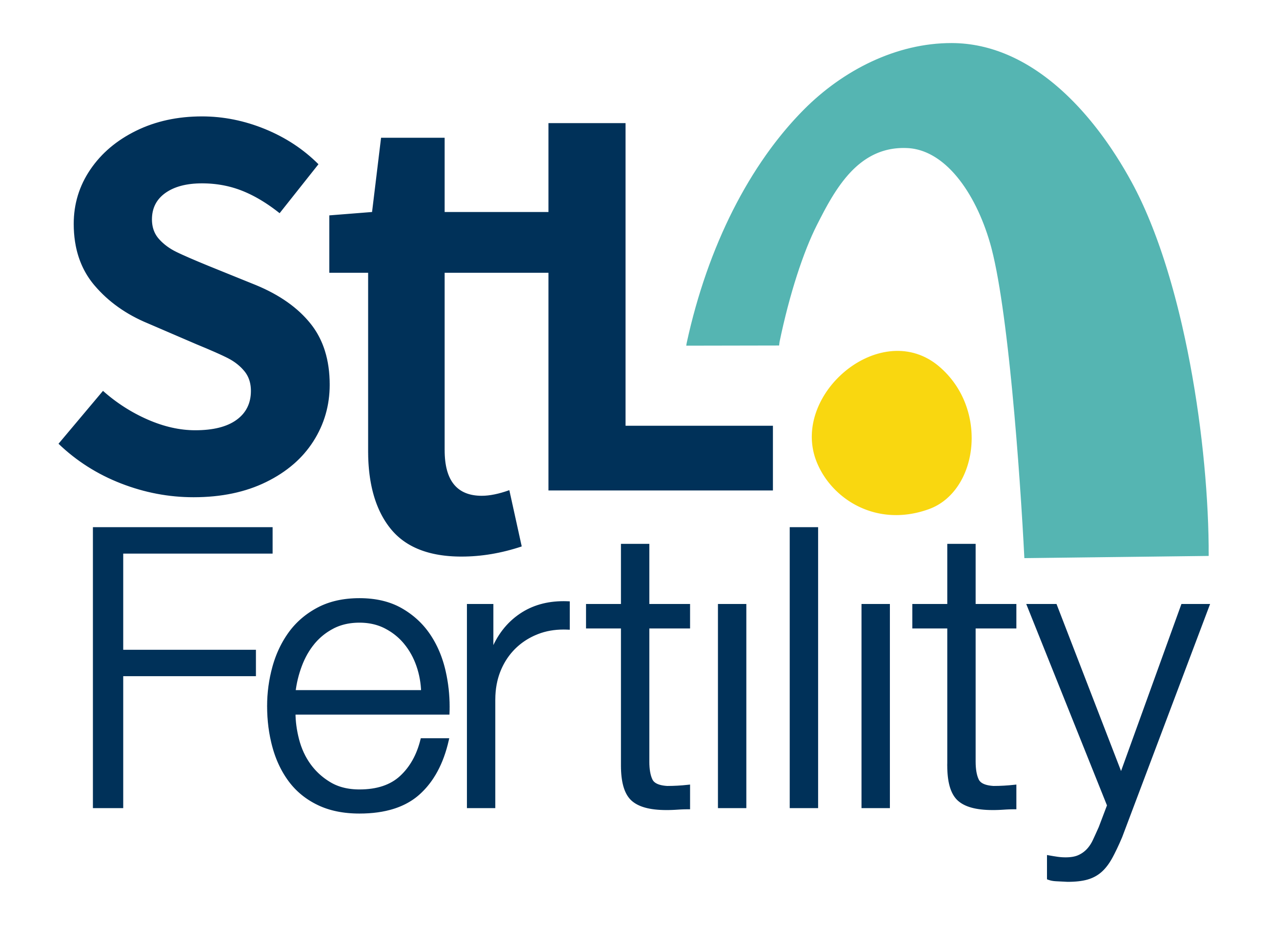Meet Jean Purdy, a pioneer in embryology and reproductive medicine
You only get one chance to be the first; the first person to walk on the moon, the first to break the sound barrier – you get the idea. In history, there is one woman who was the first to witness the miracle of life but was largely unrecognized for the achievement. Her name was Jean Purdy.
Jean Purdy was born on April 25, 1945, in Cambridge, England. Jean excelled in all aspects of her early education – science, mathematics, athletics, and the arts – but ultimately decided that a career in the scientific medical field was her calling. She became a registered nurse and began her career at Southampton General Hospital. After a short time, Purdy changed directions and focused on research around tissue rejection. It wasn’t long after her research concluded that Jean began working as an embryologist under Robert Edwards and Patrick Steptoe at the Cambridge Physiological Laboratory.
This is where Jean made her mark on history.
Edwards, Steptoe, and Purdy’s work were in female reproductive medicine. Conducting experimental research using laparoscopic technology, Drs. Edwards and Steptoe extracted an egg from otherwise “infertile” women. The goal was to introduce the egg to the sperm in vitro (in the glass) outside the human body to encourage fertilization. Then, once fertilized, the embryo would be surgically transferred into the woman’s uterus, creating a live pregnancy.
It was late 1977 when the three in vitro pioneers were hard at work. Through these scientific methods, the trio worked together to extract an egg and introduce it with the sperm for fertilization. It was Purdy’s responsibility as their embryologist to care for the egg while undergoing in vitro fertilization.
Under her care, Jean Purdy was the first person to witness embryonic cell division cumulating in the successful implantation and subsequent birth of the first test-tube baby, Louise Joy Brown on July 25, 1978, and later Alastair MacDonald.
Once news spread of their success in treating infertility, the trio looked to expand their operations to assist more people to achieve the dream of parenthood. Within 2 years of the birth of Louise Joy Brown, Drs. Edwards and Steptoe with Jean Purdy established of the Bourn Hall Clinic near Cambridge, England. The clinic is the first official IVF clinic in the world – which is still in business today. Purdy’s name was left off the plaque as a co-founder. In 1981, Dr. Edwards sent a letter to the Oldham Area Health Authority asking for Purdy’s name to be included on the plaque. He stated, “I feel strongly about the inclusion of the names of the people who helped with the conception of Louise Brown. I feel this, especially about Jean Purdy, who traveled to Oldham with me for 10 years and contributed as much as I did to the project. Indeed, I regard her as an equal contributor to Patrick Steptoe and myself.”
With all this success, it’s a wonder more people have not heard of Jean Purdy. During this time in history, women were often under- or completely unrecognized for their professional contributions. Even having such a strong advocate in Dr. Edwards, Purdy was still unacknowledged publicly for contributions to this significant medical advancement.
In March of 1985, Jean Purdy passed away suddenly due to complications stemming from melanoma. Due to her untimely passing, Jean never had the opportunity to receive recognition or accolades for her contribution to medicine. In 2010, Dr. Edwards received the Nobel Prize in Medicine for the development of in vitro fertilization. Since the Nobel Prize is not awarded posthumously, neither Jean Purdy nor Patrick Steptoe was considered for recognition (Steptoe passed in March 1988).
Thank you Jean Purdy for your contributions to reproductive medicine.
